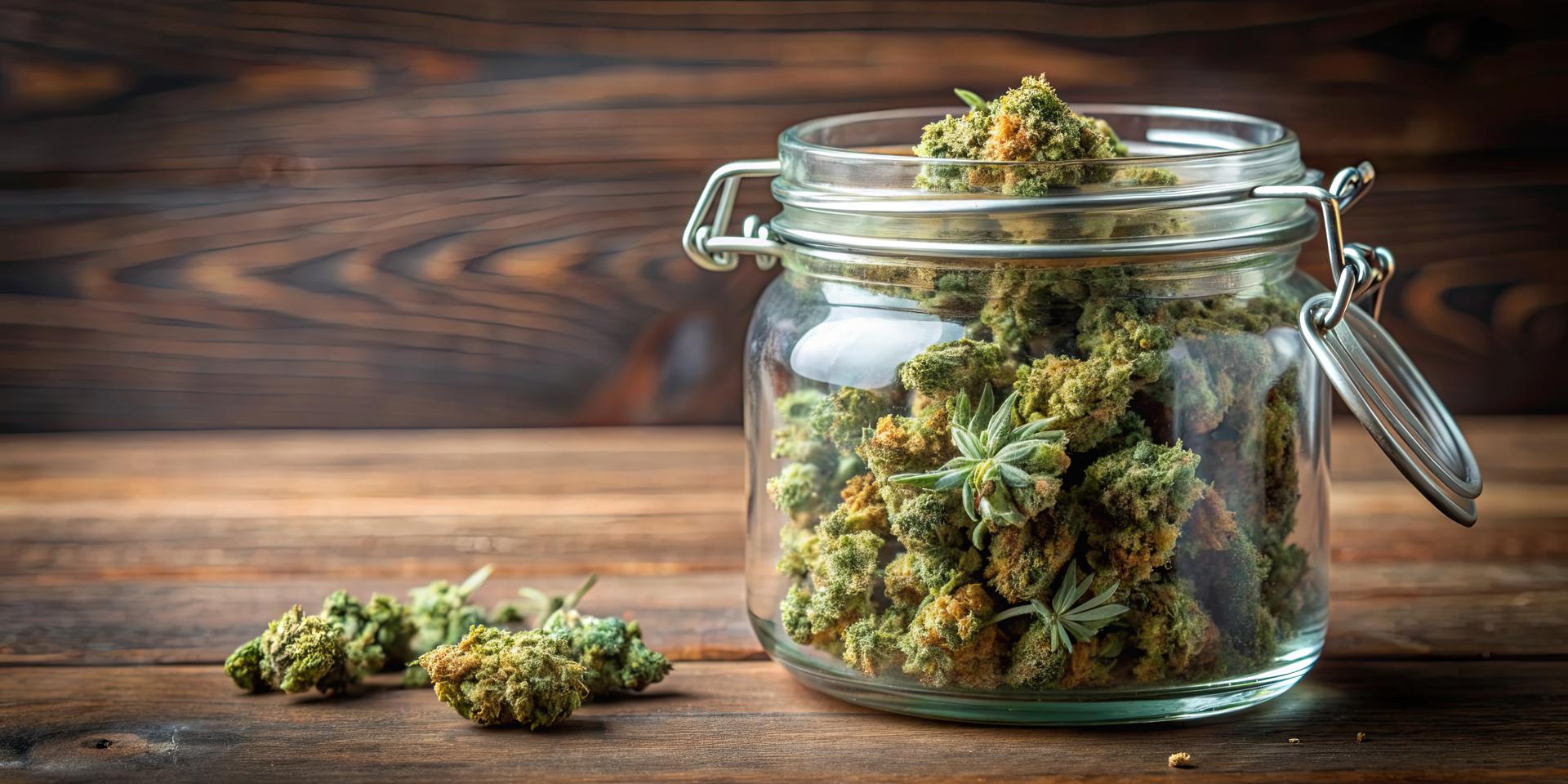Introduction to Sustainable Cultivation
Sustainable cultivation intertwines agriculture with an eye for tomorrow, balancing today’s demands without squandering future resources. When applied to cannabis, this ideology blossoms into a bouquet of strategies aimed at slashing environmental footprint, heightening resource efficiency, and cementing long-term endurance.
The weight of sustainable practices in cannabis can’t be undermined. Conventional farming methods, often a concoction of synthetic fertilizers and pesticides, bear adverse ghosts like soil devaluation, water pollution, and dwindling biodiversity. In stark contrast, sustainable approaches dance with organic inputs, water savings techniques, and renewable energy offerings. Together, these methods foster not just a greener earth but a richly diverse ecosystem.
Sustainability transcends environmental impacts, reaching the hands of the consumer. It promises cleaner, safer, and superior-quality products that are free from noxious chemicals. Health-conscious buyers revel in the assurance that their THC-A purchases tread lightly on the earth. This approach aligns snugly with their environmental and social ethics.
Ultimately, embracing sustainable cultivation is synonymous with responsible cannabis production. It’s a double-edged boon that safeguards our planet while delivering top-tier THC-A products to eco-aware consumers.
Methods of Sustainable Cultivation in THC-A Production
Harnessing sustainable cultivation methods is paramount in the pursuit of exceptional THC-A products while keeping ecological harm under lock and key. Unveil the sustainable magic of THC-A production:
Organic Farming Techniques
The keystone of sustainable cultivation is organic farming. Evading synthetic fertilizers and pesticides avoids ecological fallout. Through the use of natural compost, green manure, and organic pest repellers, the soil reaps health, contributing to purer, safer cannabis. An approach that resonates with the health-conscious, organic methods pave the way for pristine cannabis products.
Water Conservation Methods
Amidst the tapestry of sustainable practices, water efficiency stands tall. Usual irrigation can hemorrhage water and erode the earth. Contrast that with drip irrigation and rainwater harvesting, which masterfully balance water usage. Drip systems deliver hydration straight to roots, cutting waste and fostering robust growth. Meanwhile, rainwater systems stockpile nature’s bounty, lessening reliance on external sources and conserving water.
Energy-Efficient Practices
In the realm of THC-A production, energy efficiency reigns supreme. Cultivation spaces guzzle energy for lighting and climate control. Embracing renewable sources like solar and wind curtails the carbon shadow. Pair this with energy-thrifty LEDs and automated systems, and you create an optimal growing haven while trimming down energy use. It’s a win for both the planet and the pocket, bolstering economic and environmental sustainability alike.
Ensuring High-Quality THC-A Products
Quality THC-A begins with rigorous scrutiny. Each batch endures exhaustive analysis to uphold purity and potency, ensuring consumers receive gold-standard products. This includes weeding out contaminants such as pesticides, heavy metals, and microbial hitchhikers.
Sustainability directly amplifies product quality. Organic methodologies sidestep synthetic invaders, preserving the integrity of the cannabis, resulting in cleaner, more potent extracts. Practices like crop rotation and natural pest controls nurture plant health, translating to superior final products.
Eco-friendly cultivation has a tangible impact. Techniques like composting enrich the soil, while renewable energy reduces environmental tolls. These methods preserve the natural cannabis profile while shrinking the ecological footprint—a winning formula for those who value sustainability-linked consumption.
The Role of The Purple Haze in Promoting Sustainability
The Purple Haze champions sustainable cultivation within the THC-A sphere, prioritizing both planetary and consumer well-being. Their endeavors extend well beyond the standard, earning them a badge of green leadership.
Commitment to Sustainable Cultivation and Production
The Purple Haze exemplifies sustainability at each cultivation and production juncture. Their farming techniques are environmentally harmonious, shunning ecosystem harm. They embody organic farming, renewable energy, and advanced water-saving tactics.
Examples of Specific Practices Implemented by The Purple Haze
- Organic Farming Techniques: Their avoidance of synthetic fertilizers and pesticides, favoring natural alternatives, elevates soil vitality and biodiversity.
- Water Conservation: Drip irrigation and rainwater harvesting massively curb water usage, embodying sustainable hydration practices.
- Renewable Energy Sources: Solar and wind power breathes life into their operations, slashing carbon footprints and curbing reliance on finite energy.
How The Purple Haze’s Focus on Sustainability Sets It Apart in the Market
Their green ethos doesn’t just appeal to eco-minded consumers; it raises the bar on product quality too. Eco-friendly outputs, free of harmful remnants, promise a pure and potent journey for users. Through sustainability, The Purple Haze claims its throne, heralded as an innovative and responsible torchbearer within the THC-A cosmos.



